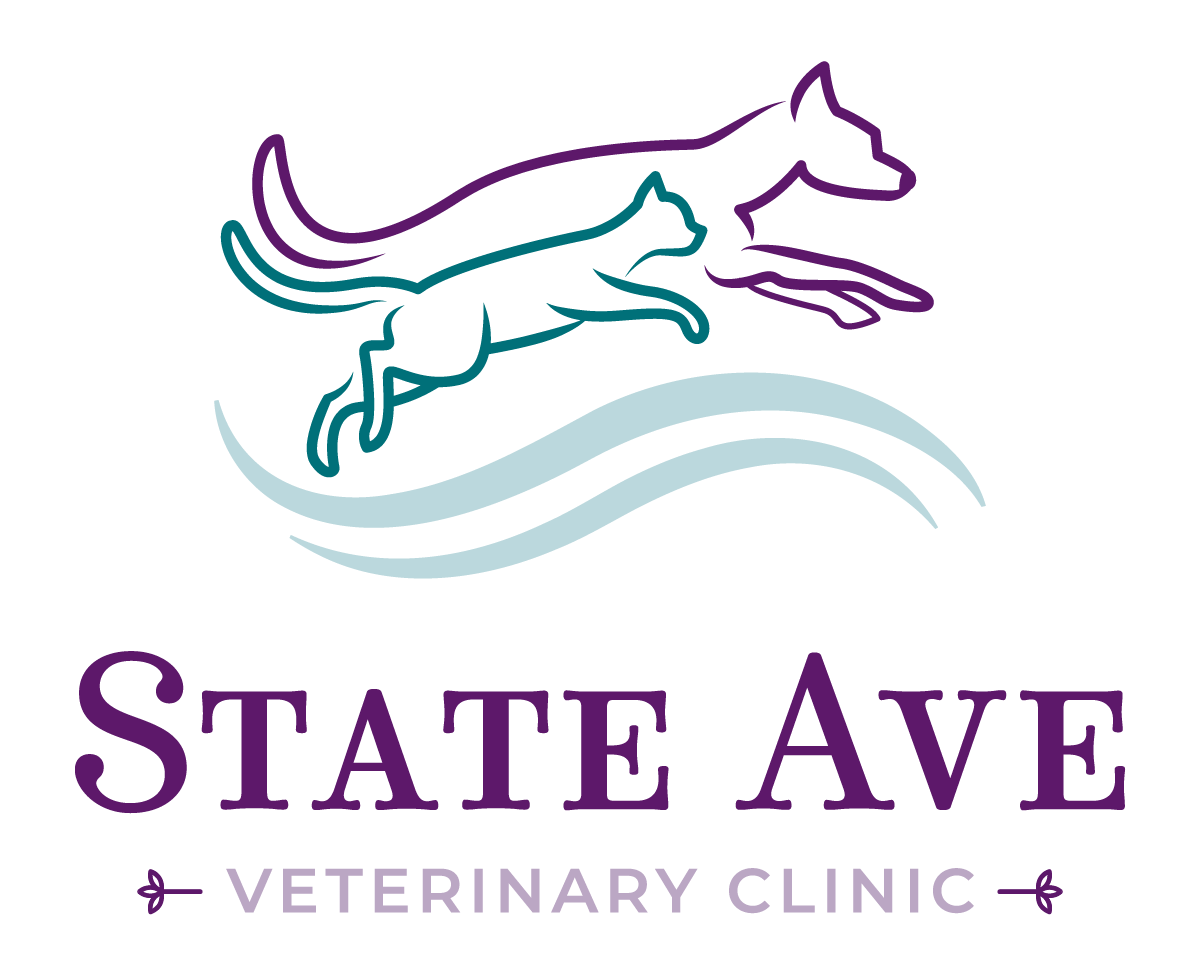Urgent vs. Emergency: What’s the Difference?
Common Urgent Conditions |
Common Emergency Conditions |
|---|---|
| These issues may not be life-threatening but should be addressed the same day to prevent complications. | These are life-threatening or rapidly deteriorating situations that require immediate veterinary attention—day or night. |
| Vomiting or diarrhea (especially if persistent or with blood) | Difficulty breathing or gasping for air |
| Limping or favoring a limb | Seizures or loss of consciousness |
| Loss of appetite for more than 24 hours | Collapse or inability to stand |
| Sudden changes in behavior or energy level | Bleeding that doesn’t stop within a few minutes |
| Coughing or sneezing that worsens | Suspected poisoning (e.g., chocolate, xylitol, medications, plants) |
| Mild allergic reactions (e.g., localized swelling, itching) | Hit by a car or other major trauma |
| Ear infections (head shaking, odor, discharge) | Heatstroke with lethargy or collapse |
| Eye discharge or redness | Bloated or distended abdomen (especially in deep-chested dogs) |
| Minor wounds or abrasions | Inability to urinate (especially in male cats) |
| Urinary accidents or straining to urinate (especially in female dogs) | Severe vomiting or diarrhea with dehydration |
| Scooting or licking the anal area | Sudden paralysis or dragging limbs |
| Broken toenail with bleeding | Severe pain (crying out, guarding belly, refusing to move) |
| Heatstroke symptoms (mild) | Labor complications (e.g., straining with no progress for over 30 minutes) |
| Penetrating wounds or animal bites |
Urgent vs. Emergency: What’s the Difference?
![]()
Common Urgent Conditions
These issues may not be life-threatening but should be addressed the same day to prevent complications.
Vomiting or diarrhea (especially if persistent or with blood)
Limping or favoring a limb
Loss of appetite for more than 24 hours
Sudden changes in behavior or energy level
Coughing or sneezing that worsens
Mild allergic reactions (e.g., localized swelling, itching)
Ear infections (head shaking, odor, discharge)
Eye discharge or redness
Minor wounds or abrasions
Urinary accidents or straining to urinate (especially in female dogs)
Scooting or licking the anal area
Broken toenail with bleeding
Heatstroke symptoms (mild)

Common Emergency Conditions
These are life-threatening or rapidly deteriorating situations that require immediate veterinary attention—day or night.
Difficulty breathing or gasping for air
Seizures or loss of consciousness
Collapse or inability to stand
Bleeding that doesn’t stop within a few minutes
Suspected poisoning (e.g., chocolate, xylitol, medications, plants)
Hit by a car or other major trauma
Heatstroke with lethargy or collapse
Bloated or distended abdomen (especially in deep-chested dogs)
Inability to urinate (especially in male cats)
Severe vomiting or diarrhea with dehydration
Sudden paralysis or dragging limbs
Severe pain (crying out, guarding belly, refusing to move)
Labor complications (e.g., straining with no progress for over 30 minutes)
Penetrating wounds or animal bites
Not Sure If It’s Urgent?
If you’re uncertain whether your pet’s condition is urgent or emergent, call us right away. Our trained staff will guide you on the safest next steps—whether that’s an urgent care appointment, emergency visit, or home monitoring advice.
Hours
Monday – Thursday: 7:30am – 5:00pm MT
Friday – Sunday: Closed
For assistance, please contact our emergency team at (701) 483-3181.
*Data rates may apply


